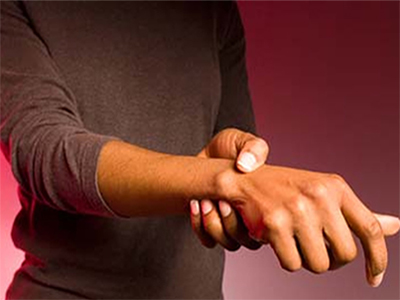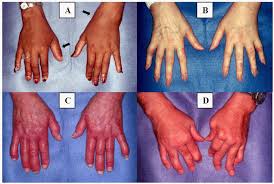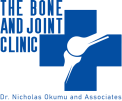Arthritis & Osteoporosis
What is Arthritis?
“Arthritis” describes many different diseases that cause tenderness, pain, swelling, and joint stiffness.
Most of these diseases fall into one of two categories:
- Degenerative arthritis, such as osteoarthritis, or
- Inflammatory arthritis, such as rheumatoid arthritis.
Symptoms of most types of arthritis include pain, stiffness, and swelling in the joint.
The Three Most Common types of Arthritis are:
- Rheumatoid Arthritis (RA)
- Osteo Arthritis (OA)
- Psoriatic Arthritis
Rheumatoid Arthritis
Rheumatoid arthritis is an autoimmune disorder that causes chronic inflammation of joints. Rheumatoid arthritis (RA) tends to begin slowly with minor symptoms that come and go, usually on both sides of the body, and progress over a period of weeks or months. Symptoms of this chronic disease vary from person to person and can change from day to day. Bouts of disease activity are called flare-ups, and inactive periods are called remission. In the next couple of days, we’ll look at symptoms of Rheumatoid Arthritis.
Symptoms of Rheumatoid Arthritis
Signs and symptoms of rheumatoid arthritis may include:
- Tender, warm, swollen joints
- Joint stiffness that is usually worse in the mornings and after inactivity
- Fatigue, fever and weight loss
Early rheumatoid arthritis tends to affect your smaller joints first particularly the joints that attach your fingers to your hands and your toes to your feet.
As the disease progresses, symptoms often spread to the wrists, knees, ankles, elbows, hips and shoulders. In most cases, symptoms occur in the same joints on both sides of your body.
Osteo Arthritis
More people have this condition than any other form of arthritis. It’s the “wear and tear” that happens when your joints are overused. It usually happens with age, but it can also come from joint injuries or obesity, which puts extra stress on your joints.
Joints that bear weight — such as your knees, hips, feet, and spine — are the most common places it affects. It often comes on gradually over months or years. It makes the affected joint hurt. But you don’t feel sick or have the fatigue that comes with some other types of arthritis.
What happens: You lose your body’s shock absorber. Cartilage, the slippery material that covers the ends of bones, gradually breaks down.
One example is what can happen to your knees when you’re overweight. The extra pounds put more pressure on the cartilage as it gets squeezed between the bones. It gets damaged and wears away, so there isn’t as much left to cushion the joint.
The damaged cartilage makes movement painful. You may hear a grating sound when the roughened cartilage on the surface of the bones rubs together. You may get painful spurs or bumps on the end of the bones, especially on fingers and feet. The joint lining can get inflamed, but it’s not common with osteoarthritis.
Symptoms depend on which joint or joints are affected. You may have:
- Deep, aching pain
- Trouble dressing, combing hair, gripping things, bending over, squatting, or climbing stairs. depending on which joints are involved
- Morning stiffness for less than an hour
- Pain when walking
- Stiffness after resting
Your joint may be:
- Warm to the touch
- Swollen and harder to move
- Unable to move through a full range of motion
Psoriatic Arthritis
People with this condition have inflammation of the skin (psoriasis) and joints (arthritis).
Psoriasis causes patchy, raised, red, and white areas of inflamed skin with scales. It usually affects the tips of the elbows and knees, the scalp, the navel, and skin around the genital areas or anus.
Only about 10% to 30% of people with psoriasis will also get psoriatic arthritis.
What happens:
This type of arthritis usually starts between ages 30 and 50, but it can start as early as childhood. It’s equally common among men and women. The skin disease (psoriasis) usually shows up first.
Symptoms of Psoriatic Arthritis
Psoriatic arthritis can swell the fingers and toes. People who have it often have fingernails that are pitted or discolored, too.
In some people, only one joint or a few joints are affected. For example, you could have it in only one knee. Sometimes it affects the spine or just the fingers and toes.



